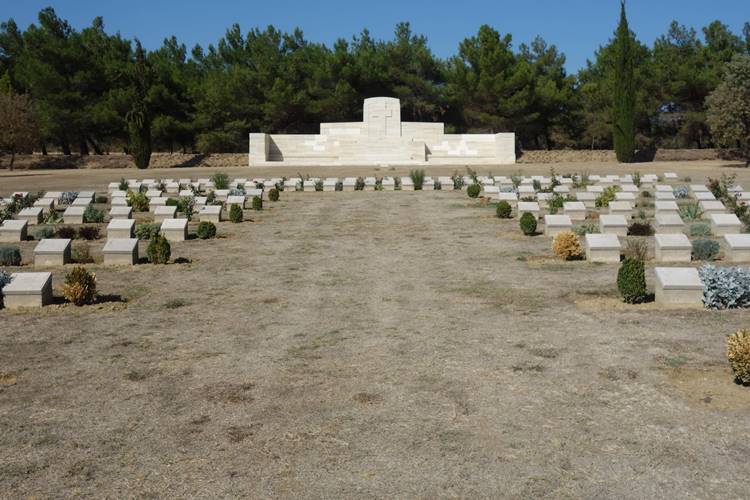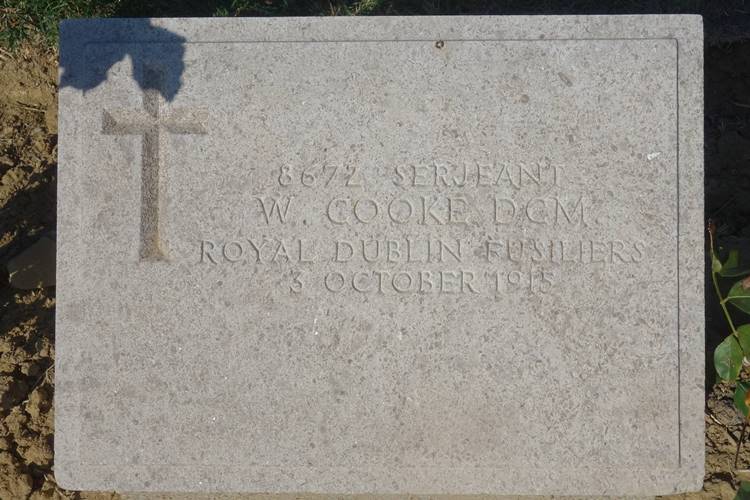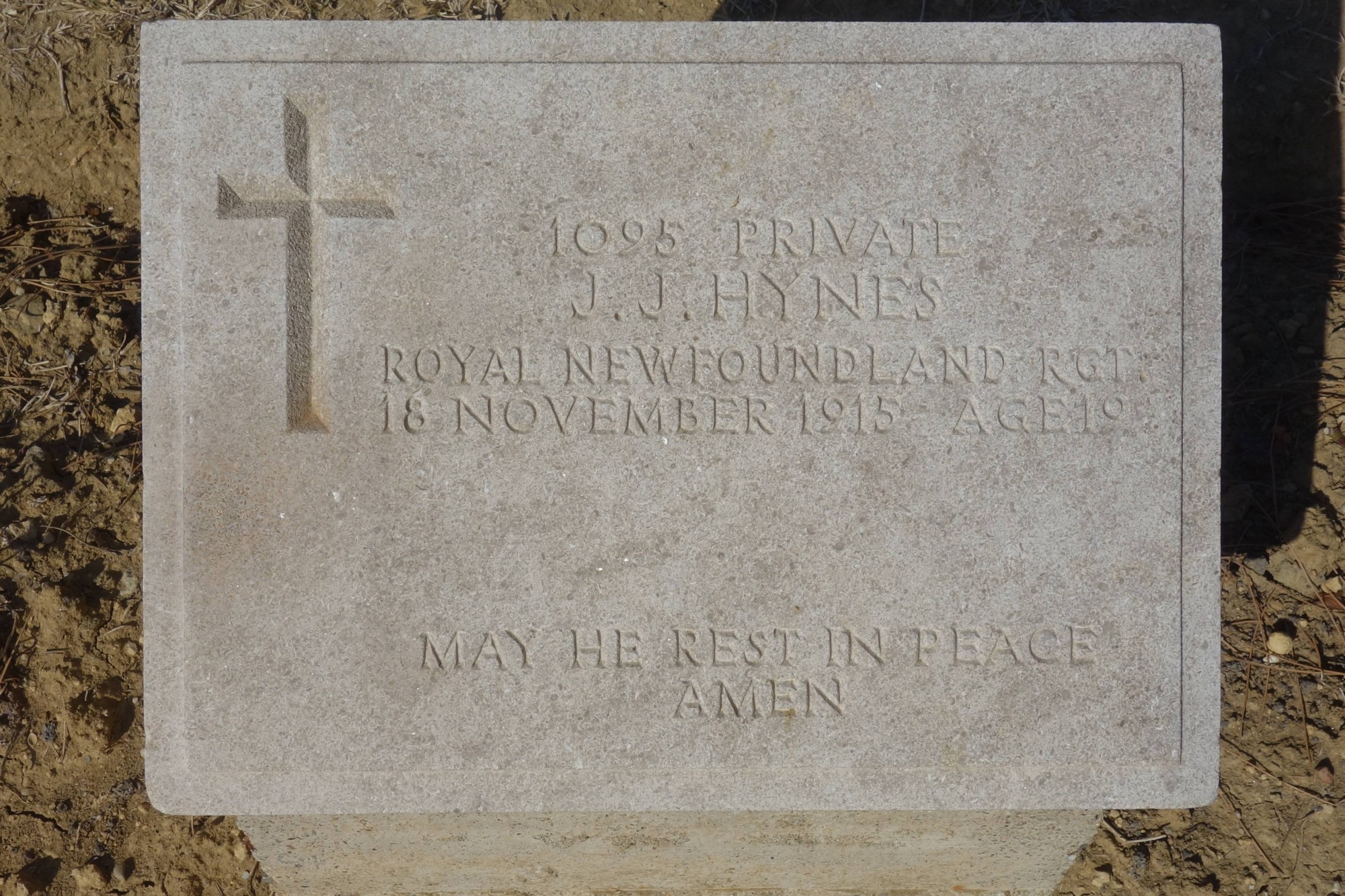This article is about Azmak Cemetery, Suvla and is one of a number of articles I have written about Gallipoli. I have also written guides to help you research soldiers who served in the British Army during the First World War:
Azmak Cemetery, Suvla
The Azmak Cemetery, Gallipoli takes its name from the Azmak Dere, a watercourse close to the cemetery which runs into the Salt Lake. The cemetery contains the graves of 1074 Commonwealth servicemen who died during the campaign of which 684 are unidentified. The Azmak Cemetery also contains special memorials to men who are believed to be buried in the cemetery. The cemetery was created after the war by concentrating smaller cemeteries in the area. The unidentified graves include men who belonged to the 1/5th Battalion, Norfolk Regiment, which included the Sandringham Company, who were killed on 12 August 1915. The attack by the Norfolk Battalion passed into legend as the ”Vanished Battalion” with many of the bodies being located after the war.
The Azmak Cemetery is very remote and can be found by following the road to Suvla from ANZAC Cove. In the photograph above you can see the Sari Bair ridge in the background and the sliver of the Salt Lake on the horizon between the two trees on the right of the photograph. The British and Turkish trenches ran in front of the cemetery though no traces of them remain today.
Above is the headstone of Serjeant William Cooke DCM of the 1st Battalion, Royal Dublin Fusiliers who was killed in action on 3 October 1915. Cooke was from Kilcullen, Ireland and was a pre-war regular soldier and aged 30 when he was killed. The post-nominal letters DCM stand for Distinguished Conduct Medal which was a gallantry medal. Cooke was also awarded the Russian Order of St. George. Compared to the graveyards on the Western Front, there are far fewer men with postnominal letters at Gallipoli. The citation for Cooke’s Distinguished Conduct Medal appeared in the Edinburgh Gazette on 9 July 1915:
For conspicuous gallantry and coolness on 25th April 1915, and the following eight days, patrolling every night up to the enemy’s lines. From the top of a farm he killed about ten Germans, and then went out and took prisoner their leader, an officer.
The Azmak Cemetery is the resting place of 12 soldiers from the Newfoundland Regiment who died during the Gallipoli Campaign. While the Regiment is most famous for its attack at Beaumont Hamel on 1 July 1916, it had received its baptism of fire at Gallipoli. The Regiment was the only North American unit to serve at Gallipoli, landing in September 1915.



